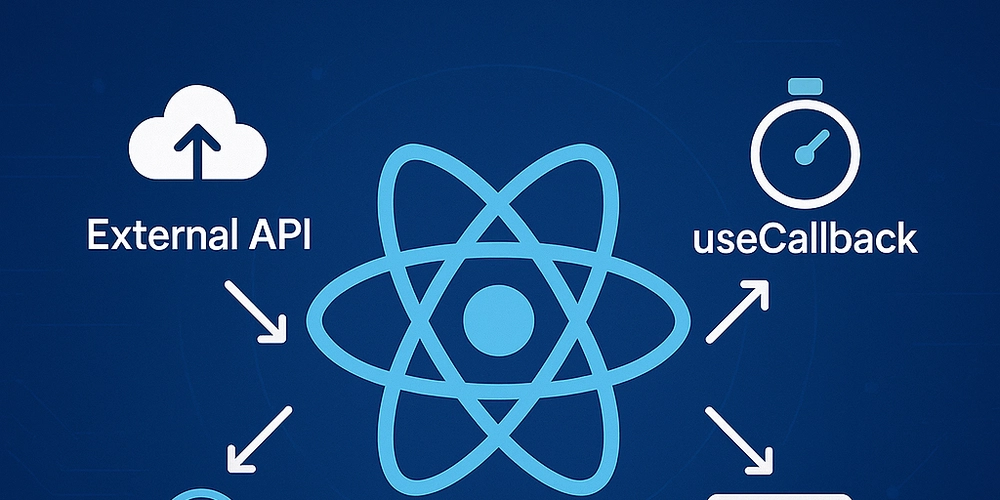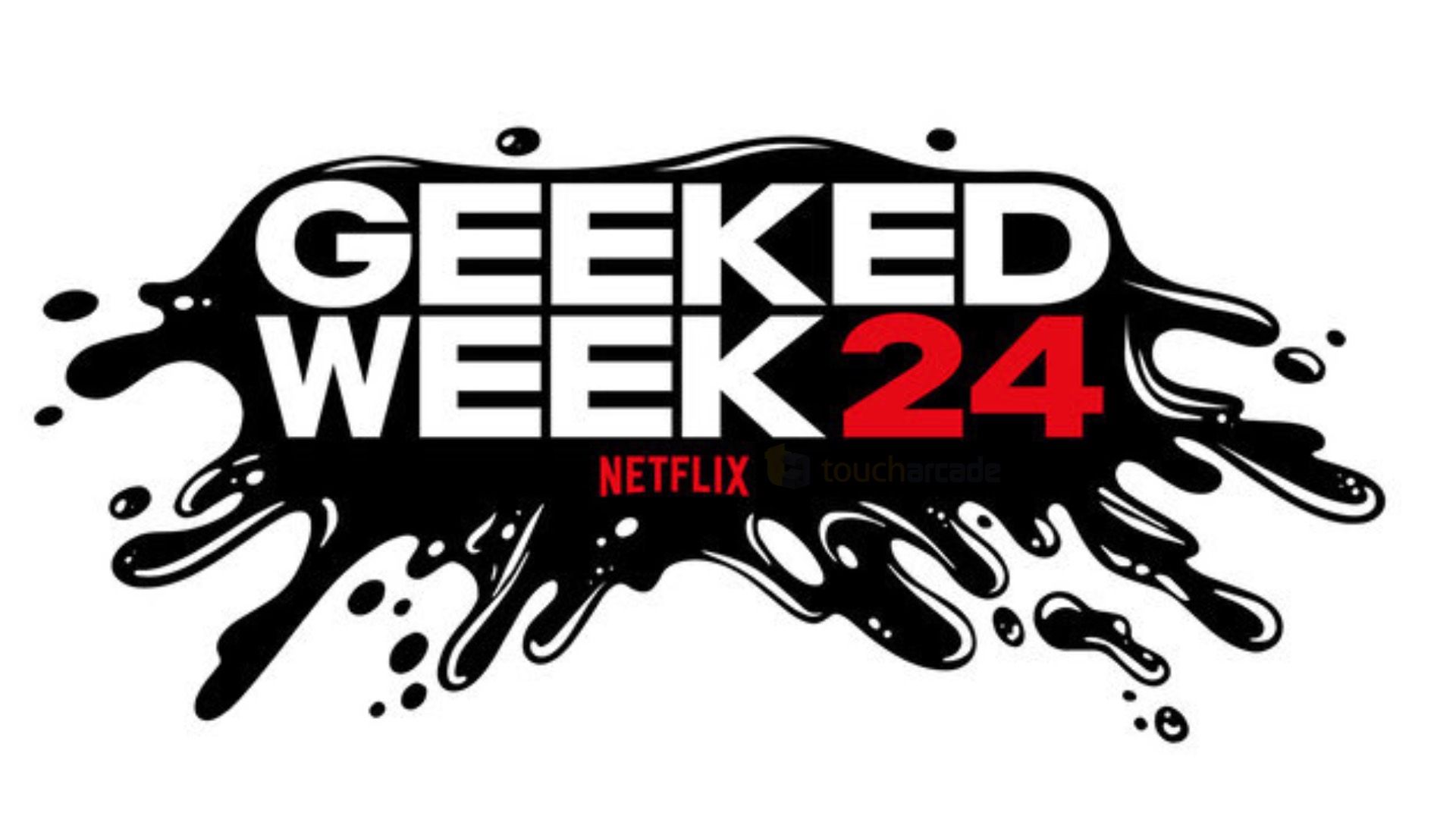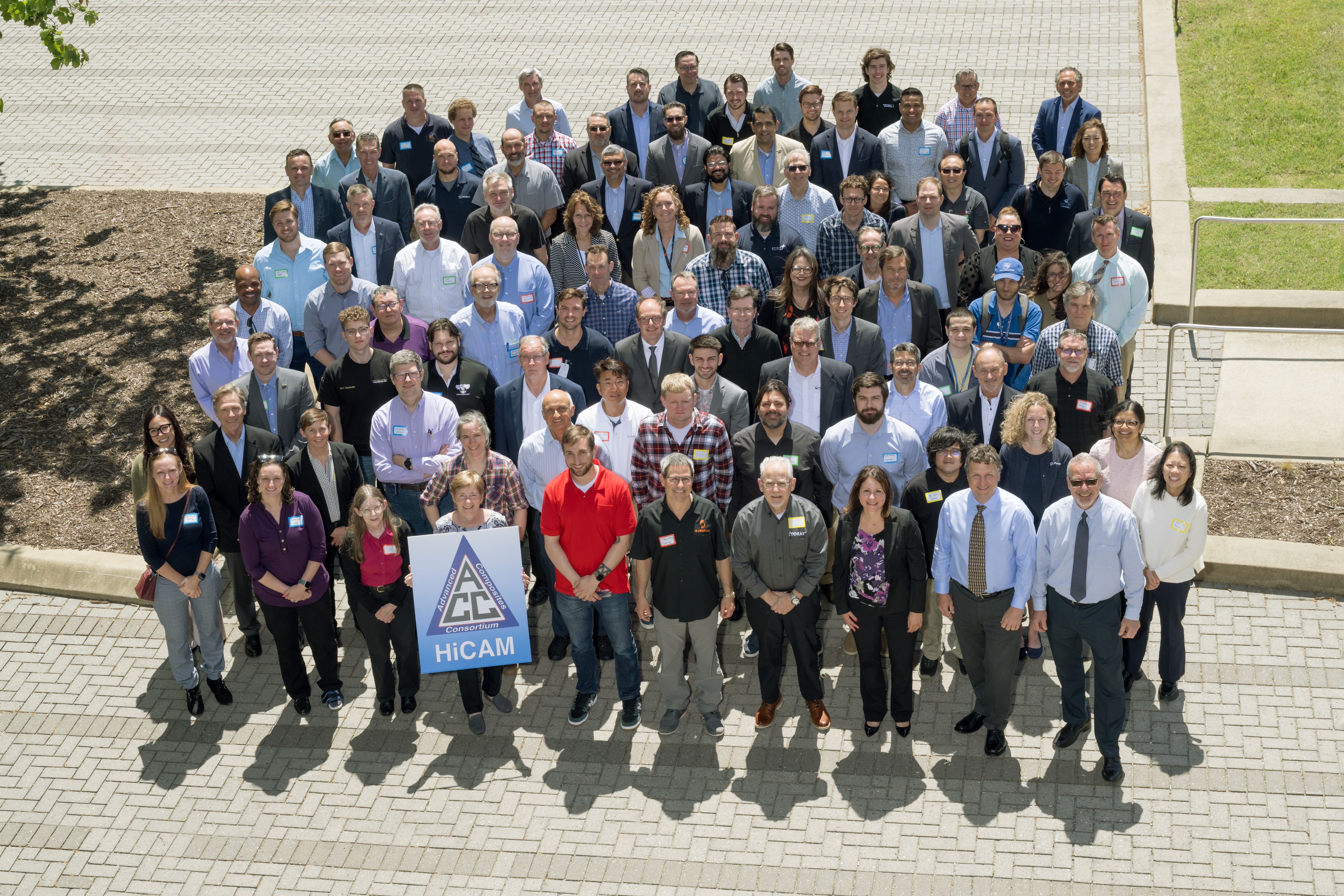DBMS Project and Assignment Help ER to Relational Conversion, SQL Queries

In the contemporary era of digitization, data has become a central part of every organization. Be it social media websites and online shopping portals or banking systems and educational institutions, data is the central point for operational and strategic decisions. To effectively handle this immense and ever-increasing amount of data, Database Management Systems (DBMS) have become indispensable tools. DBMS, therefore, is now a core subject in computer science and IT courses. For students undertaking these degrees, DBMS assignments are not merely academic exercises; they provide a chance to acquire practical skills that are greatly sought after in the workplace.
But DBMS assignments tend to be problematic because of their technicalities. Activities like the transformation of ER (Entity-Relationship) diagrams to relational schemas and crafting intricate SQL queries need both theoretical and practical know-how. It is here that Dbms Assignment Help, Homework Helper, and Database Assignment Help services prove to be indispensable. Such services help students by offering professional guidance, enabling them to grasp key concepts, finish their assignments correctly, and enhance their grades.
This article discusses the different sides of DBMS assignments, particularly ER to relational mapping and SQL query writing. It also explains how professional assignment assistance is relevant and how it can assist students in learning the topic.
Understanding the Basics of DBMS
A Database Management System is a computer program that allows the creation, modification, and access of databases. It offers a formal and structured method of storing, managing, and retrieving data.
Important Components of DBMS:
-
Data: The unprocessed facts and numbers that are contained in the database.
-
DBMS Software: The channel through which the users communicate with the database.
-
Query Language: SQL is the most widely accepted language to interact with databases.
-
Database Engine: The central element responsible for query processing and data retrieval.
-
Schema: The schema that determines the organization of data within the database.
Types of Databases:
-
Hierarchical Databases
-
Network Databases
-
Relational Databases
-
Object-oriented Databases
Relational databases are the most widely used type in both educational tasks and business environments. They hold data in tables (relations) and employ keys to connect related information.
ER Modeling: Base of Database Design
What is ER Modeling?
Entity-Relationship modeling is the initial step in database design. It is the process of determining the entities (things), their attributes (characteristics), and the relationships between them. What is produced is an ER diagram that graphically depicts a system's data requirements.
Elements of an ER Diagram:
-
Entities: They are things or objects in the actual world that can be made distinct from other objects (e.g., Course, Student).
-
Attributes: The properties or attributes of an entity (e.g., Student ID, Name, Age).
-
Relationships: Relationship between entities (e.g., a Student takes a Course).
-
Primary Key: A unique identifier of an entity.
-
Foreign Key: An attribute that establishes a link between two tables.
Drawing an ER diagram is an essential skill in database design. Students are frequently asked to create these diagrams from scratch as part of their DBMS homework. A good ER diagram forms the basis of an efficient and scalable database.
Converting ER Diagrams to Relational Schemas
Once an ER diagram is finished, the next thing to do is to transform it into a relational schema. This is necessary in order to implement the database using SQL.
Step-by-Step Conversion:
1. Entity to Table Conversion
Each entity in the ER diagram becomes a table. The entity attributes become columns of the table.
2. Defining Primary Keys
Every table should have a primary key, which is one or more columns that identify every row uniquely.
3. Mapping Relationships
-
One-to-One: The primary key of one table is a foreign key in the other table.
-
One-to-Many: The primary key of the "one" side is incorporated as a foreign key on the "many" side.
-
Many-to-Many: A new join table is formed with foreign keys pointing to the two involved tables.
4. Multivalued Attributes
For values that can be multivalued, a new table is formed.
5. Composite Attributes
These are decomposed into simpler attributes.
6. Derived Attributes
These are not stored in the table; instead, they are computed on demand.
7. Weak Entities
These depend on some other entity and have a foreign key along with their own attributes.
This whole process can be intricate, and a minor error can result in a poorly organized database. This is one of the reasons why numerous students look for Database Assignment Help to assist them through this important stage.
SQL Query Writing: Communicating with Databases
Structured Query Language or SQL is a standard language to interact with a relational database. Students need to learn how to create SQL queries to execute several tasks like querying data, adding new records, updating records, and deleting information.
Basic SQL Commands:
-
SELECT: Retrieves the data from the database.
-
INSERT: Inserts new records.
-
UPDATE: Updates the existing data.
-
DELETE: Deletes the data.
-
CREATE TABLE: Creates a new table.
-
ALTER TABLE: Alter the structure of an existing table.
-
DROP TABLE: Removes a table from the database.
Advanced SQL Features:
-
JOINs: Merge data from two or more tables.
-
Subqueries: Place queries inside queries for complex operations.
-
Indexes: Enhance the speed of data retrieval.
-
Views: Virtual tables based on queries.
-
Stored Procedures: Reusable blocks of SQL code.
Common Challenges:
-
Syntax errors
-
Logical mistakes
-
Complex joins and subqueries
-
Aggregation and grouping
These challenges tend to make students look for a Homework Helper who can offer detailed explanations and correct solutions.
Real-World Applications of DBMS Concepts
It's not merely book learning. Knowledge of how to translate ER diagrams and formulate SQL queries finds direct application in everyday life:
-
Banking Systems: Accounts, transactions, and customer information.
-
E-commerce: Inventory, orders, and customer data.
-
Healthcare: Patient records and treatment history.
-
Education: Student enrollments and grades.
-
Social Media: User profiles, posts, and interactions.
Knowing DBMS is frequently a minimum qualification for careers in software development, data analysis, and system administration.
Why Do Students Require DBMS Assignment Assistance
DBMS assignments tend to be complex and time-consuming. The following are some of the reasons why students seek Dbms Assignment Help:
1. Insufficient Conceptual Clarity
Without proper knowledge of entities, relationships, and normalization, students find it challenging to create good databases.
2. Short Time
With more than one subject and a time constraint, students are usually not able to devote enough time to DBMS assignments.
3. Complicated Requirements
Assignments involving the construction of full databases, coding advanced queries, or emulating live systems can be daunting.
4. Requirement for High Grades
Well-documented and correct assignments go a long way in determining final grades.
5. Gain Expert Insights
Assignment services frequently go beyond the mere solution to provide the thinking behind each solution, which helps improve the student's insight.
Selecting the Ideal Assignment Help Service
Not all assignment help services are equal. Here are some things to look out for:
1. Expertise
Ensure the service has experts with in-depth expertise in database design and SQL.
2. Customization
The solutions must be designed to meet the unique needs of your assignment.
3. Plagiarism-Free Content
Academic honesty is of the utmost importance. Select services that promise original content.
4. Timely Delivery
Late delivery can lead to penalties. Select services that are punctual.
5. Support and Revisions
Seek platforms that provide round-the-clock support and free revisions.
Conclusion
ER to relational conversion and SQL query writing are DBMS concepts that one must master in order to excel academically and professionally. These concepts are the foundation of today's data-driven applications. Nevertheless, given the complexity of the subject matter, students tend to struggle to accomplish assignments on their own.
This is where guidance such as Dbms Assignment Help, Homework Helper, and Database Assignment Help becomes important. They not only deliver correct solutions but also aid in understanding challenging concepts, ensuring time management, and enhancing their grades.
Through investment in proper guidance and support, students are able to make DBMS a challenging subject, an area of strength and confidence.



















































































